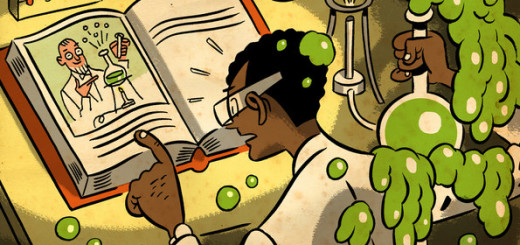Understanding the Decision Making Processes for Journal Submissions
When submitting a manuscript to a journal for potential publication, your paper will undergo several different processes on the way to being accepted or rejected. Some submissions will make it farther in this process than others, but each paper will go through the following steps to determine whether it will be accepted or rejected.
Quality, Scope, and Compliance Check
This is the initial step in the submission process. The editor will screen the submission to ensure that it meets the quality standards required by the journal, as well as whether the submission fits within the scope of the information generally provided for readers. Additionally, the submission will also be screened to ensure that it is in compliance with the direction provided for all authors.
This screening process provides benefits for both the author and the peer reviewers. If the submission does not meet the requirements of the journal, the author will be able to resubmit it to another journal in which it might fit. For peer reviewers, this screening ensures that they do not spend valuable time on a paper that does not meet the journal guidelines.
If your manuscript is accepted at the initial screening, it will be sent on to the peer review process. If it does not meet the journal requirements, it will be rejected and returned.
Peer Review Process
The peer review process is carried out in one of three ways; single blind, double blind, or open. The single blind peer review does not reveal who completed the reviews, and the double blind reveals neither the reviewers nor the authors. The open review provides the names of both the reviewers and the authors.
Editors will generally choose up to six reviewers for a given submission, all of which are experts in their fields. This is to ensure that the reviewer has sufficient knowledge of the material presented to provide an in-depth, fair review. Editors will not assign reviewers to a submission, but rather will ask if potential reviewers would like to participate before doing so.
Completing the Review
Once the reviewers have chosen to accept the review invitation, they will analyze your work for validity, correctness, and plausibility. Due to the intense scrutiny that your paper undergoes during this process, it is possible for peer reviews to take a few months before they are completed. Once complete, they will submit their report and recommendations for the submission to the editor for further review.
Final Review and Decision
Once the editor receives the completed peer reviews, he or she will make a decision on the submission and notify the author. These decisions may include:
- Acceptance of the paper in its current form
- Acceptance of the paper pending slight revision
- Acceptance of the paper pending major revision – This means that they paper will only be accepted once it has undergone major revision and been resubmitted for peer review
- Rejection
If your paper is rejected, this means that you should consider a different journal, after revising the initial work based on the peer reviews.
Subscribe now!
Subscribe today and get future blog posts your email.



Recent Comments